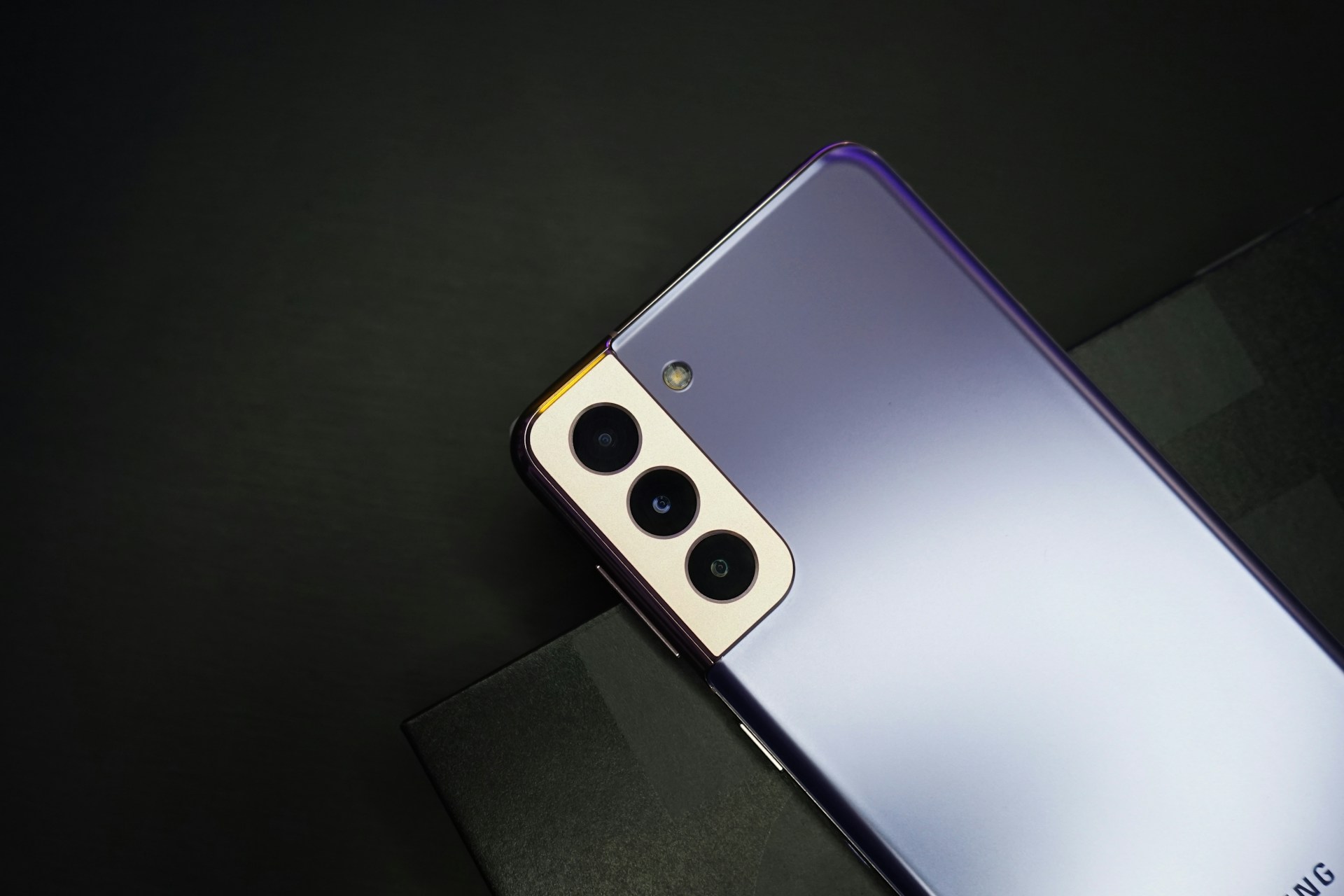Released in July 2020, the Samsung Galaxy A11 delivers a basic yet reliable smartphone experience tailored for everyday users. Positioned in the affordable segment, the A11 balances performance, functionality, and design, making it a practical choice for those seeking value without compromising essential features.
Display and Design
The Galaxy A11 comes with a 6.4-inch IPS LCD display that offers a resolution of 1560×720 pixels and a 19.5:9 aspect ratio, translating to a pixel density of 268 PPI. Although not Full HD, the screen delivers decent sharpness and brightness for casual viewing, web browsing, and social media use.
The device has an 80.92% screen-to-body ratio, contributing to a modern look with minimal bezels. Built with a plastic back and frame, it’s available in four color options: white, red, black, and blue. At 6.24 ounces (177 grams) and 8.0 mm thick, the phone feels light and reasonably slim in hand.
Biometric security options include a fingerprint scanner and 2D facial recognition, adding convenience to the unlocking process. The physical buttons are placed on the right side, including volume control and the power button.
Performance and Software
Under the hood, the Galaxy A11 is powered by Qualcomm’s Snapdragon 450 chipset, built on a 14 nm process. The processor features eight Cortex-A53 cores clocked at 1.8 GHz, accompanied by an Adreno 506 GPU. While not built for demanding tasks, this combination handles day-to-day operations like messaging, streaming, and basic app usage efficiently.
It comes with 2GB of LPDDR3 RAM and 32GB of internal storage, of which approximately 20.3GB is user-accessible. Users needing additional space can expand storage via microSDXC cards up to 512GB. The phone initially launched with Android 10 and later received an update to Android 11.
Camera System
The Galaxy A11 is equipped with a triple rear camera setup designed for versatility. The main 13 MP sensor with an f/1.8 aperture and 27mm focal length delivers acceptable shots in well-lit conditions. Supporting the main camera is a 5 MP ultra-wide lens (f/2.2), ideal for capturing broader scenes, and a 2 MP depth sensor (f/2.4) to assist with portrait photography.
The rear camera setup supports Full HD video recording at 30 frames per second. On the front, the device includes an 8 MP selfie camera, also capable of Full HD video capture, making it suitable for video calls and casual selfies.
Battery and Charging
One of the standout features of the Galaxy A11 is its 4000 mAh battery, which provides solid battery life for a full day of use under typical conditions. The device supports 15W wired fast charging via its USB Type-C port, allowing quicker top-ups compared to other phones in the same price range.
Connectivity and Additional Features
The Galaxy A11 offers standard connectivity options including Bluetooth 4.2, dual-band Wi-Fi (a/b/g/n/ac), Wi-Fi Direct, and hotspot functionality. It supports 4G LTE with a broad range of bands for international compatibility and VoLTE for clearer voice calls. GPS, A-GPS, Glonass, and Galileo are supported for accurate location tracking.
Additional features include a 3.5mm headphone jack, support for wireless screen mirroring, and compatibility with hearing aids (M4/T3 rating). The phone houses an accelerometer and supports Wi-Fi calling (UMA).
Network and SIM
The device accommodates a Nano SIM and supports HD Voice along with LTE-A Cat 6 speeds (up to 300 Mbps download and 50 Mbps upload). Users can also enjoy legacy 3G bands for broader connectivity in areas with limited 4G coverage.
Regulatory Approval
The Galaxy A11 received FCC approval on May 7, 2020, with the FCC ID ZCASMA115U. Specific absorption rate (SAR) values measured at 1.08 W/kg for the head and 0.76 W/kg for the body, remaining within safety limits. Simultaneous transmission was rated at 1.45 W/kg.
